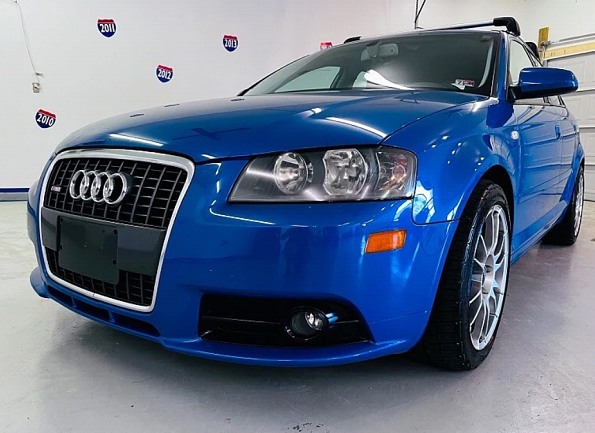Introduction:
One recurring issue that tends to perplex drivers, especially during the chilly months, is the illumination of the Tire Pressure Monitoring System (TPMS) light. In this blog post, we'll delve into the reasons behind this phenomenon and provide some insights into how you can address it.

Understanding TPMS:
Before we tackle the cold weather connection, let's briefly understand what the TPMS is and its primary function. The Tire Pressure Monitoring System is a safety feature designed to alert drivers when any of their tires are significantly under-inflated. Proper tire pressure is crucial for optimal vehicle performance, fuel efficiency, and, most importantly, safety. Contact us for best car service and maintainance.
Cold Weather and Tire Pressure:
As temperatures drop, you might notice your TPMS light flickering to life, indicating low tire pressure. This occurrence is not a malfunction but rather a consequence of the physics of gases. According to Charles's Law in physics, the pressure of a gas is directly proportional to its temperature. As the temperature decreases, so does the pressure. In the context of your vehicle's tires, this means that the cold air causes the air inside the tires to contract, leading to lower tire pressure.
The Impact of Low Tire Pressure:
Low tire pressure can have various adverse effects on your vehicle's performance and safety. Some of these include:
⦁ Reduced Fuel Efficiency: Under-inflated tires increase rolling resistance, forcing your engine to work harder and decreasing fuel efficiency.
⦁ Uneven Tire Wear: Improperly inflated tires wear unevenly, reducing their lifespan and potentially leading to costly replacements.
⦁ Decreased Handling and Traction: Low tire pressure can compromise your vehicle's ability to grip the road, especially in adverse weather conditions.
⦁ Increased Risk of Blowouts: Under-inflated tires are more prone to overheating, increasing the risk of a tire blowout.
Addressing the TPMS Light in Cold Weather:
If your TPMS light comes on during colder days, here are some steps you can take:
⦁ Check Tire Pressure: Use a reliable tire pressure gauge to measure the pressure in each tire. Refer to your vehicle's manual or the sticker on the driver's side door jamb for the recommended pressure.
⦁ Inflate Tires: If the pressure is below the recommended level, inflate the tires to the specified pressure. Many gas stations have air pumps available for public use.
⦁ Monitor Tire Pressure Regularly: Keep an eye on your tire pressure, especially during temperature fluctuations. Regular monitoring can help you address issues promptly and maintain optimal tire health.
Conclusion:
United Auto Sales car dealers in Gloucester is committed to not only providing exceptional vehicles but also ensuring that our customers have the knowledge to keep their vehicles running smoothly. Understanding the relationship between cold weather and TPMS alerts empowers you to take proactive measures, promoting safety, efficiency, and the longevity of your vehicle. Here's to many more years of safe and enjoyable driving with United Auto Sales!



